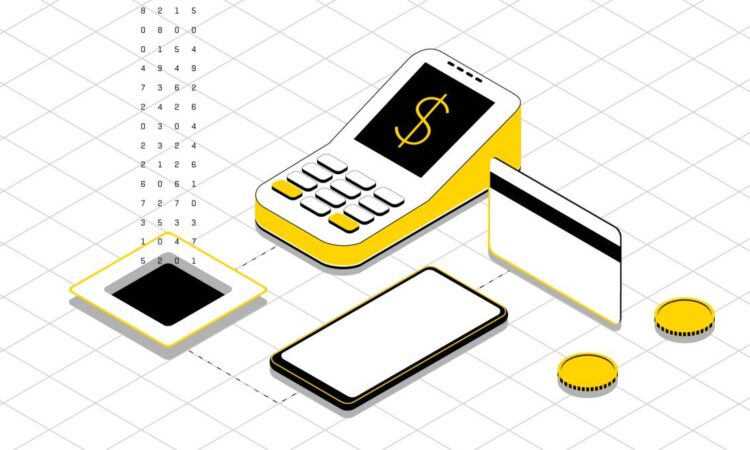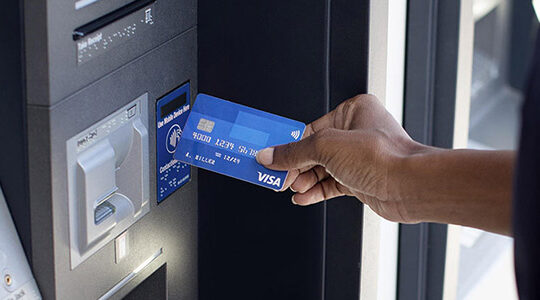
With the increasing demand and adoption of e-commerce platforms as the chosen selling medium for most businesses and consumers today, incorporating a more centralized payment system is very necessary. Just as the concept of payment gateways, as an essential part of any e-commerce platform today, garnered ample popularity, the newest business model in the market as the next big payment provider is a payment aggregator. Multiple online payment service providers have come up with similar third-party solutions to better meet your needs and requirements for a well-integrated payment system and flow. One such provider is Cashfree.
What Is A Payment Aggregator?
A payment aggregator is a payment service provider that allows businesses and merchants to take direct payments from the customers by incorporating this third-party platform into their business websites and applications. In simpler words, a payment aggregator is a bridge that connects merchants and other acquirers to allow a faster payment flow, involving sub-merchant account reliability. As a platform or a third-party provider, a payment aggregator allows you to benefit from more than one payment option on an e-commerce platform.
It comes under the companies act 1956/2013 in India and both banks as well as or non-bank entities can participate, as long as they have the license or authorization from the Reserve Bank of India. When you choose a payment aggregator for your e-commerce website or business, you allow your customers to complete payments through different mediums like card payments, UPI payments, different cash-free wallets, net banking, different EMI options, etc. All under one single umbrella.
How Does It Work?
Unlike a payment gateway, a payment aggregator is more accommodating to a variety of payment options available. The best part is you do not have to individually sign-up, register, or set up a new account in each of the banks or other payment options you choose. All you need is a payment aggregator that puts together all your different payment options for the customers to explore, to allow a better and more efficient payment flow for your business.
Payment aggregator acts as the middleman that receives payment on behalf of the business or merchant from the customers and then deposits the same to the merchant in the end. To understand better, let us understand the entire process a customer participates in to complete the final payment for an online merchant and how a payment aggregator contributes to it below.
- For the payment flow to begin, a customer clicks on the checkout option for the respective business. Upon clicking the checkout, the customer then proceeds to add all necessary payment details and the choice of payment option they wish to go forward with.
- While these details are being collected, the payment aggregator double-checks the information put by the customer is authentic or not in the back.
- Once the approval or heads-up is received from the paying party like a bank, for instance, the payment request is then processed to the customer for the final payment.
- When the customer clicks for the final payment, the payment aggregator collects the required amount from the customer to, later on, deposit it in the respective merchant or company account for the seller.
Overall, to conclude, there are two different types of payment aggregators you can explore for your online business that includes a private platform or a bank-approved payment aggregator. A payment aggregator guarantees secure money transactions between the customers and the merchants and also facilitates quick payment settlements, making it a win-win situation for both the sellers as well as the buyers. The future prediction is complete dominance from the e-commerce industry and so getting well acquainted with unique yet highly uniform payment options for your business is the only way to move forward and be successful.








